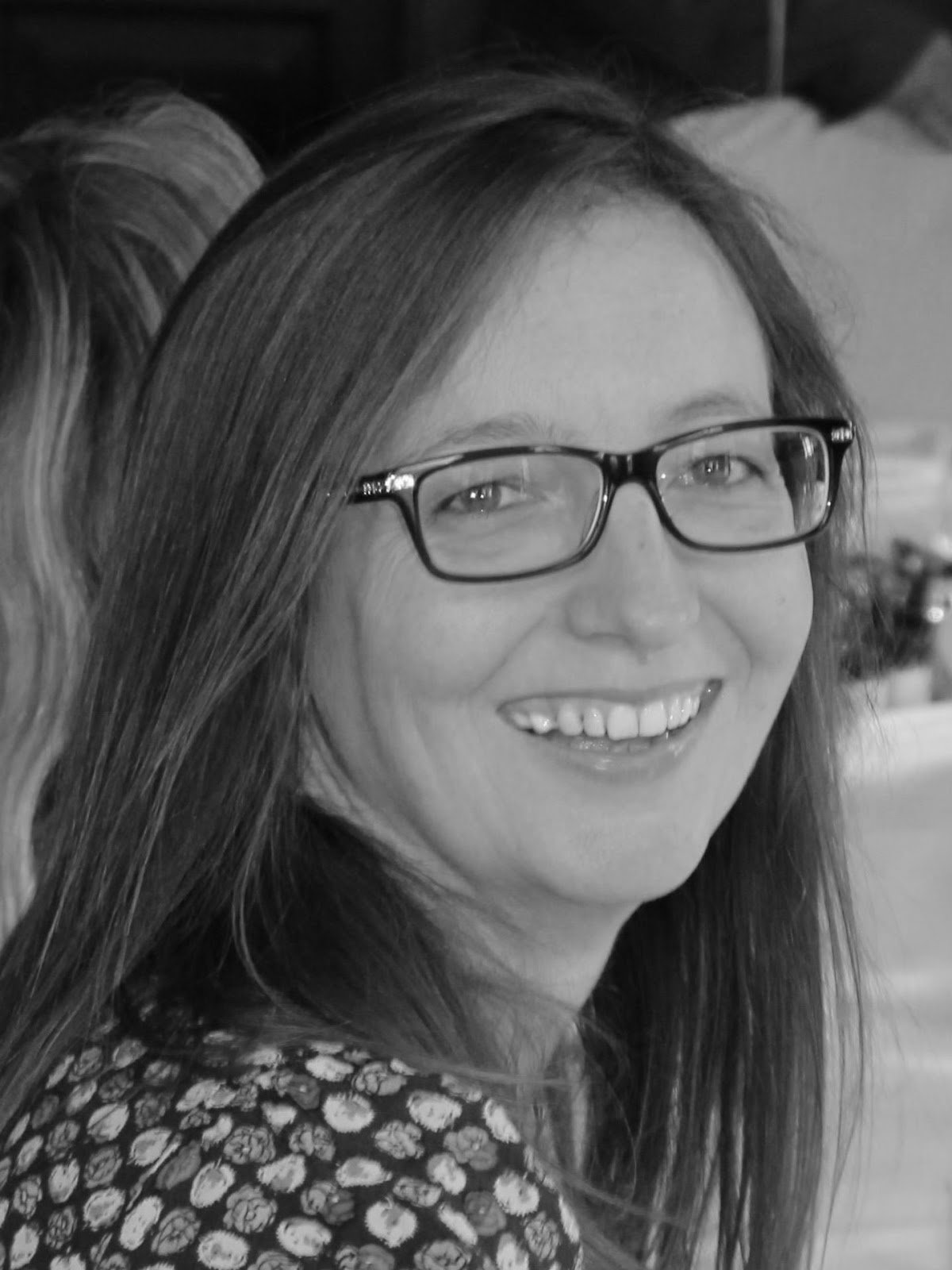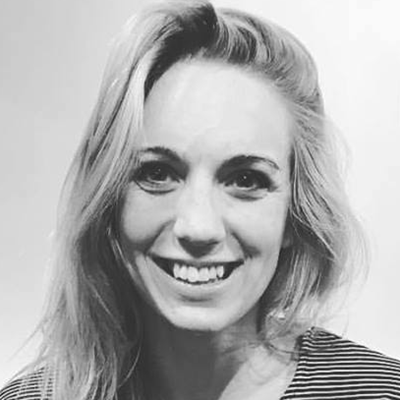Tectonic Hazards (AQA GCSE Geography) : Revision Note
Plate Tectonics Theory
The structure of the Earth
The Earth is composed of four main layers:
Inner core: About 1400km in diameter, a solid and dense layer composed of iron and nickel with temperatures of about 5500°C
Outer core: About 2100km thick, a semi-molten metal layer with temperatures between about 5000-5500°C
Mantle: About 2900km thick, a semi-molten layer which is less dense than the outer core
Crust: The thickness varies, and is made up of two types of crust

Crust
There are two types of crust:
The oceanic crust is thinner (5-10km) but heavier and denser
The continental crust is thicker (25-90km) but is older and lighter
Oceanic crust is continually being created and destroyed as a result of plate movement, where it is denser and so subducts under the continental crust
This is why continental crust is much older than oceanic crust, as it isn't destroyed
Plate tectonics
The crust is broken into a number of tectonic plates

These plates move on top of the semi-molten mantle below.
Tectonic theory once stated the movement of the plates was the result of convection currents in the mantle
Current theory is called slab pull theory which suggests that the movement is the result of the weight of the denser oceanic plates subducting and dragging the rest of the plate along
A plate boundary or margin is where two plates meet
Distribution of Earthquakes & Volcanoes
Earthquake distribution
Earthquakes occur at all types of plate boundaries
Most occur along the Pacific 'Ring of Fire' (approximately 90%)

Volcano distribution
Most volcanoes occur at constructive and destructive plate boundaries
The majority of active volcanoes (approximately 75%) are located around the rim of the Pacific Ocean called the 'Ring of Fire'
Hotspots occur away from plate boundaries and are plumes/columns of magma which escape through the Earth's crust

Worked Example
Study Figure 1, a world map showing plate margins and active volcanoes.

Using Figure 1, which one of the following statements is true?
[1 mark]
A. All active volcanoes occur in lines along plate margins
B. There are more active volcanoes along constructive margins than destructive margins
C. There are many active volcanoes around the edge of the Pacific Ocean
D. Active volcanoes are found along the eastern side of North and South America
Answer:
C. There are many active volcanoes around the edge of the Pacific Ocean [1]
Examiner Tips and Tricks
When describing the distribution of hazards from a map ask yourself the following questions:
What is the general pattern?
Does the pattern relate to anything else for example the location of plate boundaries?
Are they close to the equator or further away?
Are they inland or coastal?
Use map features to help with your description - place names, compass rose, latitude and longitude.
Plate Boundaries
Types of plate boundary
Volcanic eruptions and earthquakes most commonly occur at or near plate boundaries
There are three main types of plate boundaries:
Constructive
Destructive
Conservative (transform)
Constructive plate boundary
At a constructive boundary the plates are moving apart
The Mid Atlantic Ridge is an example of a constructive plate boundary
Both volcanic eruptions and earthquakes can occur at this type of plate boundary

Destructive plate boundary
At a destructive plate boundary the plates are moving together
The denser, heavier oceanic plate subducts under the lighter, less dense continental plate
The boundary between the Nazca plate and the South American plate is one example
Both volcanic eruptions and earthquakes occur at this type of plate boundary

Conservative (transform) boundary
At a conservative (transform)boundary the plates move passed each other in opposite directions or in the same direction at different speeds
Earthquakes are the only hazard at this type of boundary

Worked Example
Study Figure 1, a map showing the tectonic plates in and around North and South America

Using Figure 1, name the type of plate margin at X
[1 mark]
Answer:
Conservative (transform) - at X the plates are moving past each other in opposite directions [1]
Examiner Tips and Tricks
When describing the processes which lead to an earthquake or volcanic eruption, it is helpful to write the formation down as a sequence of steps. This will make the process easier to remember.
Primary and secondary hazards
When earthquakes and volcanic eruptions occur, there are primary and secondary hazards
The Primary and Secondary Hazards of Tectonic Activity
| Primary Hazards | Secondary Hazards |
|---|---|---|
Volcanic Eruption |
|
|
Earthquake |
|
|

You've read 0 of your 5 free revision notes this week
Sign up now. It’s free!
Did this page help you?

